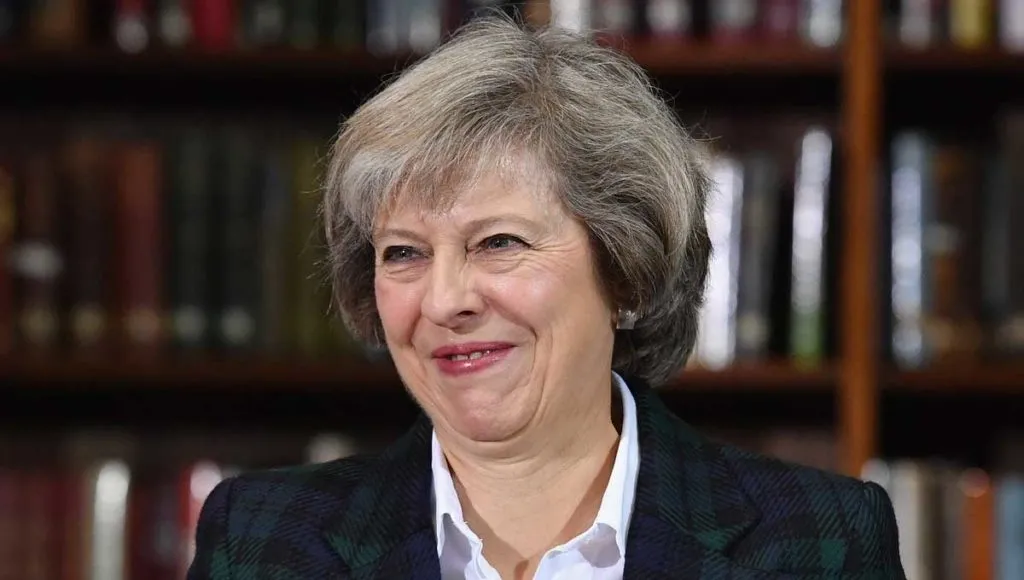16 January 2019 | ANALYSIS
Theresa May has had a tough start to the new year – rebuffed by Europe and then confronted with a humiliating defeat on her deal in the House of Commons. Any authority she had left ebbed away as Parliament enforced its verdict on her two years of negotiations with the European Union. Yet, these are extraordinary times and normal political rules do not apply, the Prime Minister continues to solider on having survived a motion of no confidence tonight. Despite all that has happened in the last few days, we are no closer to a solving what has become a national crisis over Brexit – nothing has changed.
Something is going to have to give in order to break the Brexit impasse. However, at this point there is no indication as to what that would be– a no deal Brexit, a second referendum, an extension to Article 50 or a transition to a Norway or Canada agreement are still all possibilities. There is even the unfathomable prospect that May still might try to revive her doomed Withdrawal Agreement. One thing that is looking increasingly less likely today is the prospect of a general election. The Leader of the Opposition’s Motion was beaten 306 to 325 – which reaffirmed the belief that neither Conservative backbenchers nor the DUP are willing to entertain the prospect of a Jeremy Corbyn led government.
Though she survives, there are still very serious problems facing Mrs May as she tries to navigate her way through the Brexit crisis. Immediately after the defeat of her deal yesterday, Mrs May said that she wanted to deliver on the will of the people and insisted that she would not support a second referendum, whilst also refusing to rule out a no-deal scenario. Nevertheless, there were no indications as to what her Plan B would be, and the lack of clarity and cohesion on the government’s position is leading to further uncertainty and denying any form of progress.
The Prime Minister has said that she will now meet with opposition party leaders to try and forge a consensus in the House of Commons and deliver a Brexit that she claims is the will of the people. However, the Prime Minister’s current position is not reconcilable with the demands of any of the opposition leaders in the house, perhaps with the exception of Nigel Dodds and the DUP. Unless Mrs May opens her eyes to the reality of the situation, rules out a no deal exit and changes her initial red lines – any hope for a cross party coalition to end the deadlock is totally unfeasible.
Another key question will be the movements of the Labour party now that the prospect of a general election is slipping away. Over the last two years, Labour have provided woeful opposition on Brexit. The Labour leadership’s own position has been confused at best, and most of its time has been spent on internal infighting and the politics of de-selection. There is now an opportunity for the Labour party to step up to the plate, accept the will of its membership, and officially advocate for a second referendum. Reports tonight suggest that around 100 Labour MPs are ready to push Jeremy Corbyn to pivot towards a second referendum. Whilst Labour alone cannot bring about a second people’s vote – its endorsement would exert substantial pressure on an already powerless Prime Minister.
And so nothing has changed. Until somebody blinks, it is clear that despite that there is no majority in the House of Commons to proceed with Brexit. Theresa May says she wants to be able to find a path to deliver on the will of the people, insisting that we will be leaving the EU on the 29 March. How that will happen is about as clear as mud.
Jimmy Coles is Opinion Editor and Founder at Wolves of Westminster and a political consultant. Follow him on Twitter @JimmyJColes
















